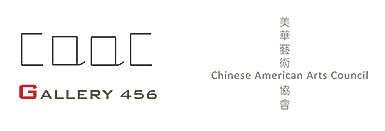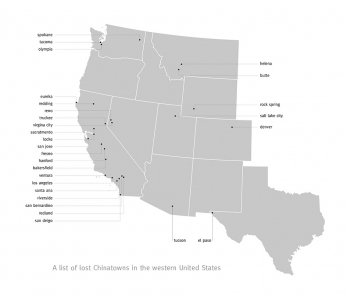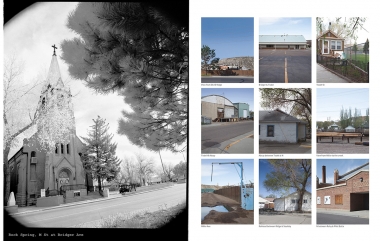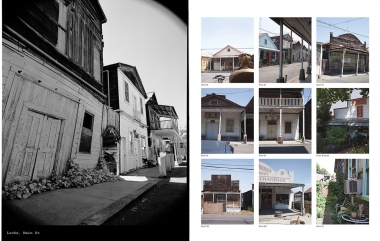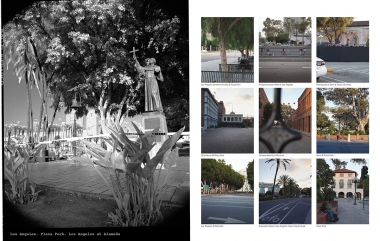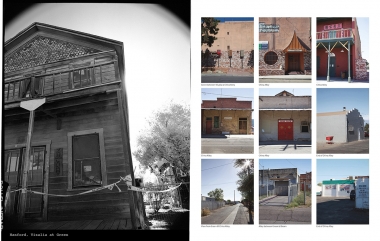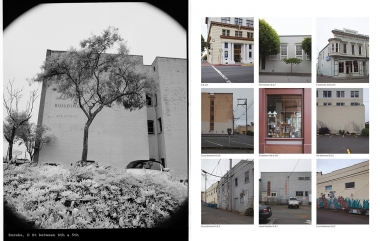Artist: |
Location: Gallery 456 |
The early Chinese immigrants in the late 1860’s provided cheap “coolie” laborers to build railroads. This influx of immigration continued rapidly until the Chinese Exclusion Act was passed in 1882. The act prevented the naturalization of these workers, and prevented further immigration, including family, to the U.S., causing the Chinese population to decline 40% from the 1890’s to 1920’s. In the population decline, many Chinese moved from their community Chinatowns to the larger metropolitan to avoid discrimination. Since the Chinese settlements were always located in the valuable downtown areas, urban gentrification also led the smaller Chinatowns to decline. After the Chinese were driven out, some of these areas were lucky enough to become prime neighborhoods, such as San Jose, Denver and SLC while others were abandoned as ghost towns. Since 2013, I have driven twelve thousands miles throughout the eight western states to photograph more than 30 historical sites. I noticed most of these locations are small neighborhoods only covering 2-3 blocks, but they share two similarities-- they have very little remaining traces from the early Chinese immigrants, and they all look ordinary.
In this exhibition, I will present documentary photographs for approximately twenty locations I have visited.
Exhibition Sponsors Artist: Chung Sum (fanky) Chak 翟松森
www.chungchak.com |
| Coverage |
